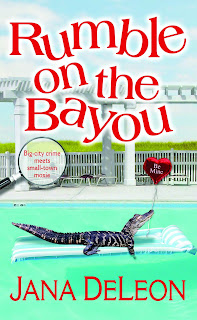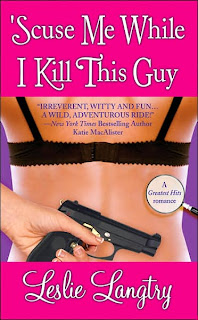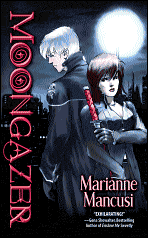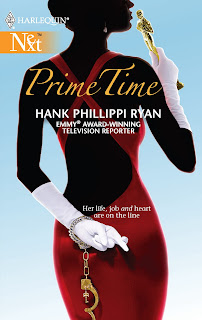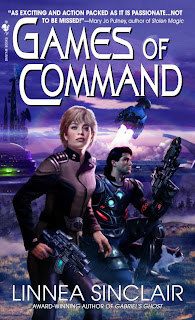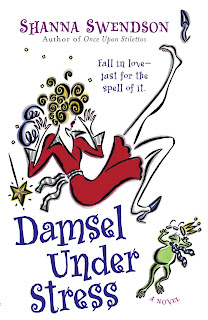STATUS: Doing great! It’s too early in the day to be anything but. I’m off a little early to attend the LightHouse Writers Festival here in Denver. They are having an evening welcome party to kick-off the weekend. Can’t miss that!
What’s playing on the iPod right now? THE SIDEWINDER SLEEPS TONITE by R.E.M
NOBODY KNOWS THE TROUBLE I’VE SEEN
(thoughts on Conflict in writing)
Kristin asked me a week or so ago if I’d guest blog on Conflict. She credits my Denver workshop for an “a-hah!” moment she had on the matter (Conflict vs Complication), and even though I assured her I was not the source for that particular tidbit of writerly wisdom, she was unmoved. So here I am, a guest in my illustrious agent’s (cyber) house, feeling as if I’d better be on my best behavior and knowing I also have to be instructive, witty and insightful.
Good thing I’m on my second cup of coffee.
So let’s start talking about conflict (in commercial genre fiction, okay? Not literary or experimental fiction) by starting off saying that it’s honestly impossible to talk about just conflict. It’s honestly impossible to talk about any ONE facet of writing. You can’t fully understand conflict without considering characterization, and you can’t work with characterization without looking at word choice, and you can’t… well, you get the idea. Crafting a novel is like dealing with a can of worms. Conflict is just one of those slithery things you have to understand.
One of the most critical issues about conflict (in writing commercial genre fiction) that I’ve learned is that for conflict to work, it must be personal. That is, it must relate directly to the character and/or an aspect of the story line. Overlarge, impersonal conflict is a guarantee of a cartoonish novel. It will eventually fail to draw in the reader (or agent or editor) because it doesn’t answer one of the most critical needs of the reader: “Why should I give a shit?”
And yes, that’s an exact quote from an editor I interviewed a few years back on the subject of what makes a book work (or not). The “Why should I give a shit?” factor is huge when it comes to making a novel grip the reader. It also relates to two things I learned from Dwight Swain’s TECHNIQUES OF THE SELLING WRITER: 1. Readers read to experience tension, and 2. It’s the author’s job to manipulate the emotions of the reader.
But we’re talking about conflict, you wail.
Yes, we are. We’re talking about the thing that is the engine of the story (thank you, Jacqueline Lichtenberg), the thing that keeps the story moving forward, the thing that keeps the reader turning pages.
Conflict happening to characters about whom the reader/agent/editor gives a…damn. (I’ll try to keep it cleaner for my genteel Midwestern agent.)
Impersonal conflict—which can sometimes appear as complication—doesn’t light the “give a damn” fire and get the story wheels turning as much as personal(ized) conflict.
Let me give you an example: Alphonse is strolling down the street and a dog runs out of a yard and bites him. Police/EMT’s arrive, report is filed, Alphonse is patched up. End of scene. Okay, nasty thing to happen, but where do we go from there (story-wise) and how? And moreover, why should we?
Re-roll the video tape: Alphonse is strolling down the street and a dog runs out of a yard and bites him. Police arrive and find out the dog belongs to Alphonse’s ex-wife who has also mailed death threats to his house and left a headless chicken on his doorstep. Police seek out Alphonse’s ex but she’s not to be found. Suddenly, the story gets a whole lot more interesting.
Why? It’s personal to Alphonse (and therefore, also to the reader because reading is a vicarious experience, right?). It’s personal because this isn’t a random act that might not be repeated. This is a plot. A plan. Against Alphonse (reader). You—author—have just started the “waiting for the other shoe to drop” syndrome in the story. Because there’s a salient, logical (albeit crazy) reason for these things to happen to Alphonse. His ex is pissed off. The reader then rightfully expects further trouble. Oh, joy!
Now please, don’t point out to me that there have been X number of highly successful novels in which the reader didn’t know who was behind the dead-chicken-on-the-doorstep until the final page. Of course there are. I’m being simplistic here to make a point. Plus, in the novels where the antagonist is theoretically unknown until page whatever, the skilled novelist still drops in clues, red herrings and hints which tug—and sometimes lash out—at the reader’s emotions. Thereby manipulating the reader by making the conflict that happens to the protagonist feel personal.
Alphonse is now scared and therefore, so is the reader. Alphonse is scared because he knows this problem is not going to stop. The biting dog was not some random coincidence that most likely will never happen again. SOMETHING WILL HAPPEN. And it ain’t a matter of if…
Noted SF author Jacqueline Lichtenberg states in the World Crafters Guild on her site that conflict is “an urgent and undeniable MUST prevented from materializing by an equally formidable CAN’T.” Complication and random conflict can be amusing and even annoy the characters in your novel, but they don’t qualify as being FORMIDABLE. They can go away. An antagonist hell-bent on making your protagonist fail will not go away, and the reader—if you’ve structured your plot, pacing, characterization, word choice and conflict properly—knows this too. Well-written conflict is an undeniable I MUST slammed flat up against an equally formidable YOU CAN’T.
If nobody knows the trouble you’ve seen—or intend to bestow on your protagonist—then you’re not building tension, excitement and anticipation by the best method: conflict that is personal to the characters and the plot. Keep conflict real, keep it personal, and keep it coming.
~Linnea Sinclair
RITA© Award Winning SF Romance
Bantam Spectra 2005: FINDERS KEEPERS, GABRIEL’S GHOST, AN ACCIDENTAL GODDESS
2007: GAMES OF COMMAND, CHASIDAH’S CHOICE, THE DOWN HOME ZOMBIE BLUES
Other Links:
Sim Gen School
Conflict Integration Workshop
Conflict & Motivation
Conflict & Story

